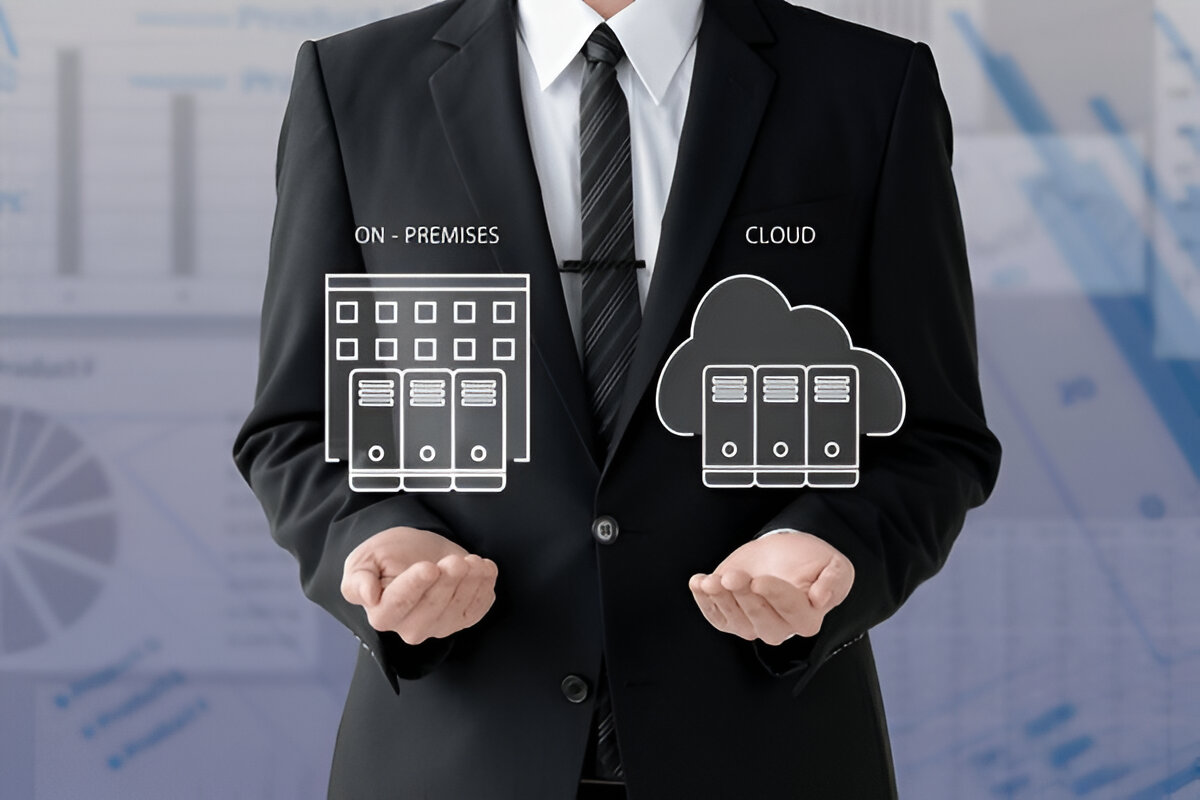Smart, Scalable & Future-Ready Solutions for Ports, Shipping & Logistics

At Infyz, we believe that technology should simplify operations, improve efficiency, and drive business growth. That’s why we develop advanced digital solutions tailored for ports, shipping, and logistics operations.
With AI-driven automation, cloud computing, and seamless system integration, our technology ensures that your business stays connected, optimized, and future-ready.
1. AI Agentic Solutions
At Infyz, we are transforming ports and logistics with AI-driven intelligence and automation. Our advanced technology ecosystem streamlines operations, enhances tracking accuracy, strengthens safety, and ensures real-time cargo movement – helping businesses operate smarter, faster, and more efficiently

2. Cloud Solutions – Azure, AWS
In today’s digital world, modern port and logistics operations require secure, flexible, and always-available systems to keep operations running smoothly. That’s where cloud computing comes in. By using Microsoft Azure and Amazon Web Services (AWS), we ensure seamless, high-performance solutions tailored to the needs of the ports and logistics industry.

3. On-Premises Solutions – Full Control, Tailored to Your Needs
For port enterprises and logistics operations, on-premises solutions provide greater control, security, and customization. These systems run on local servers within your organization, ensuring data stays in-house and operations continue without reliance on external networks. They smoothly integrate with existing software, hardware, and ERP systems, offering a tailored approach to industry needs.

4. Business Intelligence Reporting
In the world of port operations, logistics, and supply chain management, data is constantly being generated. However, raw data alone doesn’t drive efficiency – it’s how you analyze and use it that makes the difference. Our Business Intelligence (BI) Reporting solutions transform complex operational data into clear, real-time insights, enabling better decision-making, increased efficiency, and improved profitability.

5. Efficient Data Flow with ERP & Finance Integration
Leading port terminals and logistics providers use multiple systems, from Enterprise Resource Planning (ERP) to financial management tools, but when these platforms function separately, they create data gaps, inefficiencies, and delays. iTOMS integrates seamlessly with leading ERP systems like SAP and Oracle, ensuring a centralized and automated data flow across operations, finance, sales, and workforce management.

Why Choose Our Solutions?
Scalability
Solutions grow with your business needs
Flexibility
Options for both cloud and on-premises systems
Security
Robust measures to protect your data and operations
Efficiency
Streamlined integration ensures smooth operations

